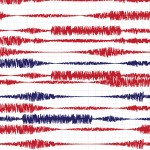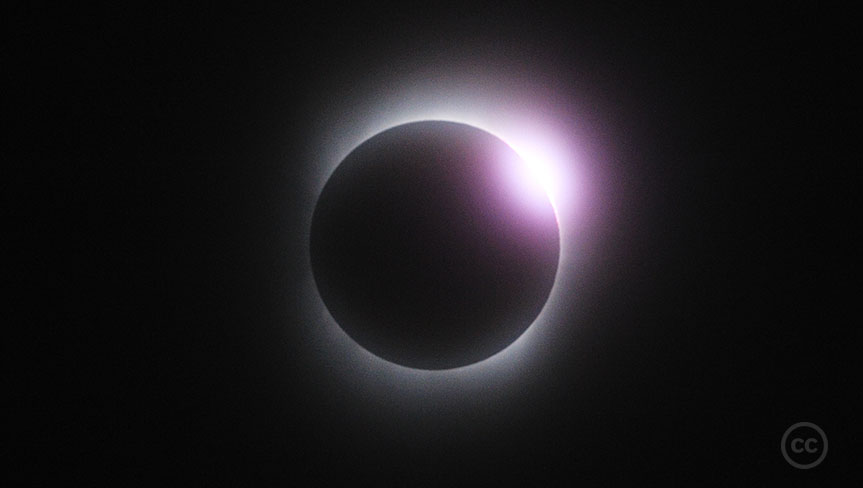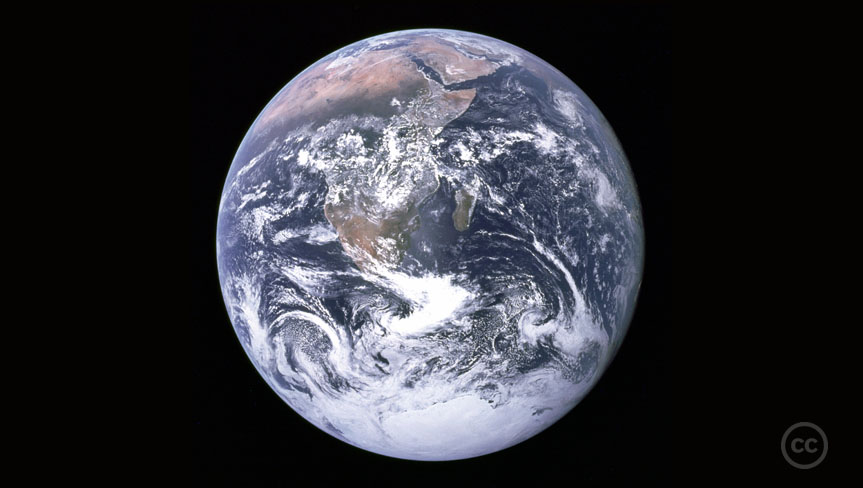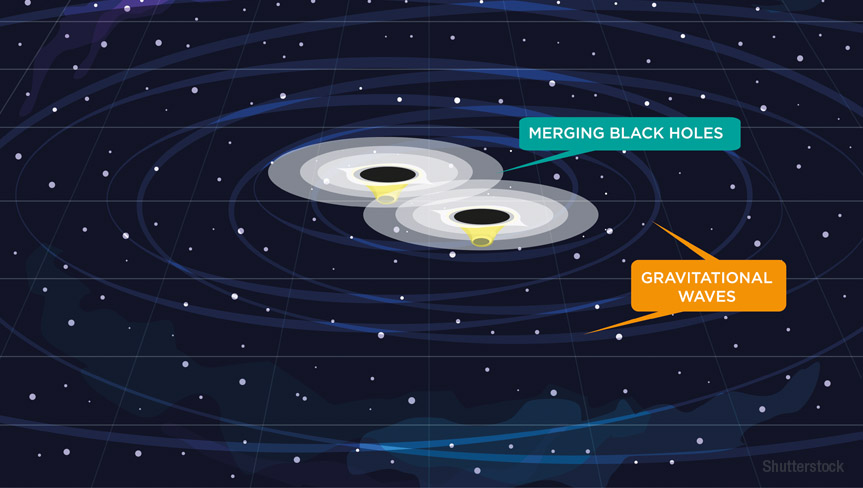A solar eclipse is an astronomical event that occurs when the moon obscures the sun for some time. There are different kinds of solar eclipse – total, annular, hybrid and partial. During a total solar eclipse, the moon completely blocks out the sun. In an annular eclipse, the moon obscures only the centre of the sun. A hybrid eclipse occurs either as total solar eclipse or annular eclipse. In a partial solar eclipse, the moon blocks only a part of the sun.
A total solar eclipse is one of the most thrilling astronomical phenomena. As the moon covers the sun, parts of it gradually disappear. The darkness settles in more quickly when the moon gradually obscures the centre of the sun. Light and dark wavy lines appear on light-coloured surfaces. These are called ‘shadow bands’. Moments before the total eclipse, points of light that look like beads, known as ‘Baily’s beads’, cover the edge of the moon.
During the total eclipse, a beautiful darkness pervades the earth. There is a reddish glow near the horizon. Just moments before the eclipse, the a radiant pink glow begins to surround the moon along its edge. The brighter stars and heavenly bodies become more visible, in the soft darkness of an eclipse. All the beings on earth seem to respond to an eclipse as a calm pervades the earth’s surface. Birds and animals stop their movements and refrain from making any noise. The entire spectacle reminds us of poet John Keats’ words, ‘Beauty is truth, truth beauty’. Keats was an admirer of nature. Coincidentally, the total solar eclipse of October 24, 1995 occurred around his bicentenary birthday. The poet was born on October 31, 1795.











